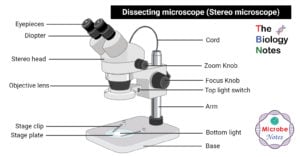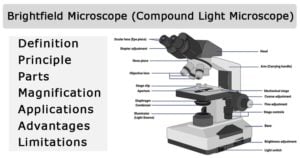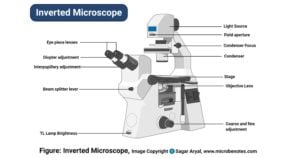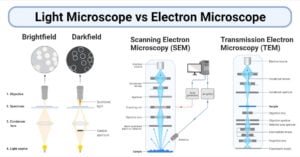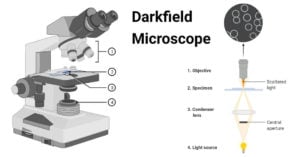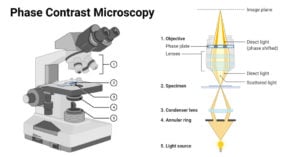Dissecting microscope (Stereo or stereoscopic microscope)- Definition, Principle, Parts
What is a Dissecting microscope (Stereo microscope)? These are also known as stereoscopic microscopes. This is a type of digital optical microscope designed with a low magnification power (5x-250x), by … Read more

